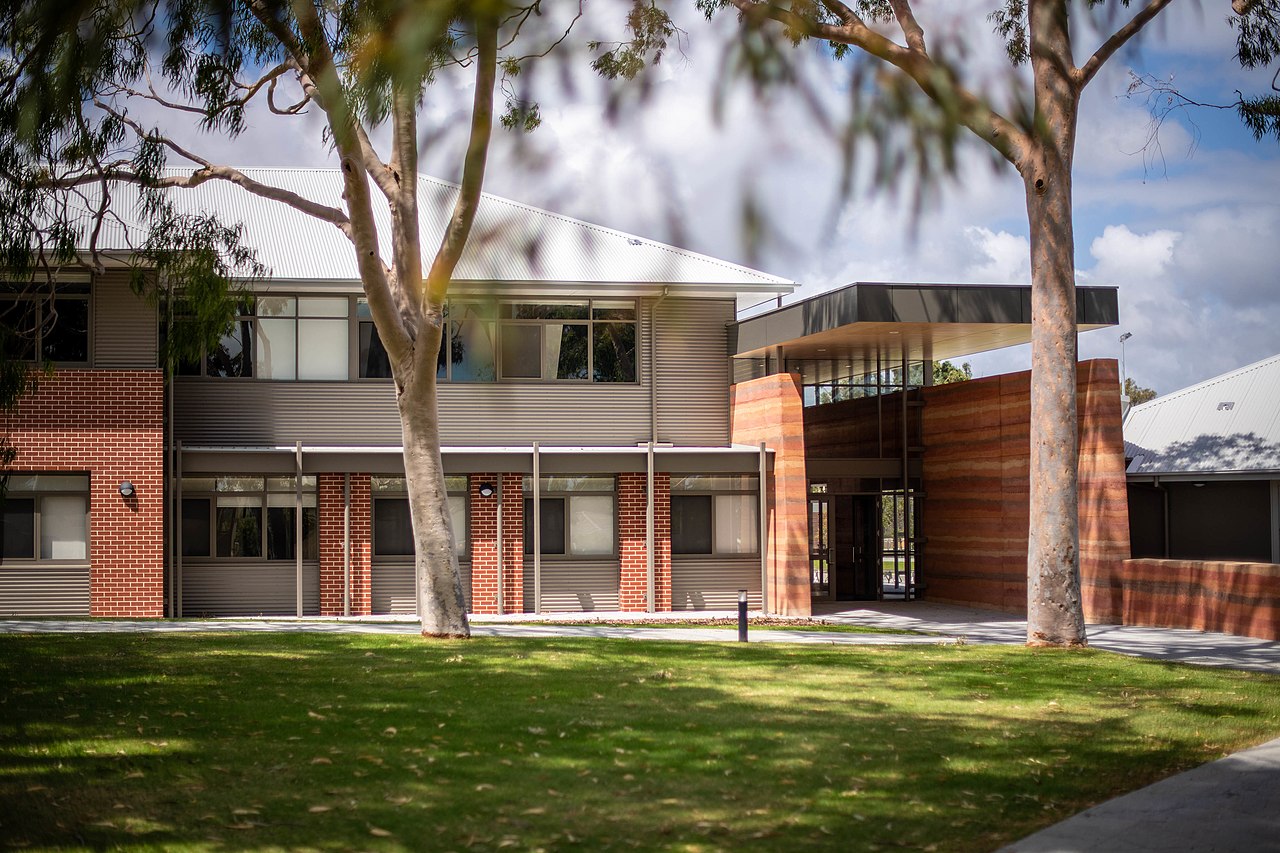Data-Driven Solution to Improving Schools Water Efficiency: Challenges and Insights from a Statewide Program

Executive Summary
This paper presents the challenges and insights arising from a state-wide Schools Water Efficiency Program (SWEP) in Victoria. SWEP installs data loggers to the existing water meters, enabling the SWEP Administrator to assess usage patterns to detect potential water leakage, alert users, and inform of water and monetary savings generated. The SWEP program presents a framework on a systematic approach to improving water efficiency for schools, from data collection and analysis to informing schools and educating students on efficient water use. This is followed by a discussion on solutions to key analytical challenges in detecting and quantifying leaks post event.
Introduction
The Schools Water Efficiency Program (SWEP) in Victoria provides a means for schools to be made aware of leaks as they occur, as well as to understand daily water consumptions to promote water savings. The program is driven by data loggers installed on existing water meters, which captures consumption data in 15-minute intervals for daily analysis. This data is used to alert schools of leaks where there have been night flows observed, as well as for the subsequent calculation of water and financial savings incurred for a quarterly report.
This paper reflects upon the challenges and insights of operating such a state-wide program, as well as the technical challenges of modelling a leak detection algorithm. An overview of the program is first presented, followed by discussion on the complexities encountered during the development of a leak detection algorithm. We highlight the implemented solutions that have improved the reliability of a leak detection. This paper is intended to be used as a roadmap to guide others who are attempting to systematically detect leaks and quantify savings, and encourage development of a savings system that is best suited for their context.
Highlights
- Data loggers on meters present unique opportunities for improving water efficiency in non-residential settings.
- We examine key challenges and solutions in detection and quantification of leaks from a program-level and technical perspectives
- Capturing the behavioural characteristics of usage is critical in a reliable leak detection.
- Data-driven water efficiency programs can generate significant water savings for schools
Methodology
We developed an algorithm in R language that iterates through individual school data to detect and quantify leaks, as well as to calculate avoided leaks. Data from various schools were fed into the algorithm and checked for accuracy of leak detection, as shown in Figure 1. Improvements are made to conventional methods to reduce false-positives and improve detection in the context of school use. We also present a strategy to estimate the savings from avoided leaks based on the duration of the leak left unaddressed.
Results/Outcomes
On a systematic level, SWEP was found to incur significant savings in terms of improving water efficiency and avoiding leakage for schools. An accurate reporting of quantified leaks and avoided leaks plays a crucial part in feeding information back to the user and encouraging water savings, as well as justifying the water efficiency program.
From an analytical perspective (see Figure 2), clustering time series data into dynamic segments to improve computational speed, and setting a baseline leak rate to isolate leakage from normal use were found to be key in improving leak dection accuracy. In additon, specifying bespoke analysis by time of day and day of week to capture behavioural differences, and joining neighbouring leak periods to reduce double counting of leak events further enhanced the analytical reliability of the algorithm. Finally, to avoid wasted water (from taps left running for example) and irrigation events being counted as short leak events, specific rules were set guide the model.
Conclusion
For a water efficiency program to be effective in a school context, it must deploy both an educational component that teaches effective water use, as well as a feedback mechanism that allows users to understand and observe the impact of water saving measures. Given this, it is crucial for the program to ensure the accuracy and reliability of leak detection algorithm. Capturing the unique behavioural characteristics of each user is key to improving the accuracy of leak detection. Modelling that can differentiate leaks from similar behaving events, such as wasted water and irrigation, can reduce false positives and prevent overreporting of leaks.

Figure 1: Detection of leak event and estimated leak volume over a week

Figure 2: Overview of leak detection algorithm
